
Causes of chronic myelogenous leukemia
Chronic myelogenous leukemia is a type of myeloproliferative disease and linked with a typical chromosomal translocation called the Philadelphia chromosome. This means that CML develops when, by mistake, one gene is moved from one chromosome to another, when a stem cell is dividing. Therefore, two genes become joined instead of being normally separated. These fused genes are then passed onto another cell, which become leukemia cells. Even under the microscope, the problematic cells are visible and chromosome inside of them looks different and abnormal. About 95 percent of all patients are having this Philadelphia chromosome. Chronic myelogenous leukemia is typically diagnosed based on the complete blood count. The prognosis is not so good since about 90% of the patients have an overall survival rate of five years.
Signs and symptoms of chronic myelogenous leukemia
In most of the cases, patients suffering from this disease will not experience any kind of symptoms. The only indicator of the disease may be an elevated white blood cell count, measured on a routine laboratory test. If the symptoms are present, they generally include pain in the upper left quadrant of the abdomen, caused by enlargement of the spleen, general malaise, pain in the hips and joints, low-grade fever, anemia, easy bruising, and an increased susceptibility to infections (viral, bacterial and fungal).
In most of the cases, patients seek treatment when their disease has already progressed to the chronic phase. About 85 percent of all patients are first diagnosed in the chronic phase when their symptoms are still mild, if present. If treatment starts early, the progression of the disease may be successfully stopped. However, in most of the cases chronic phase progresses to accelerated phase and from there to blast crisis, which is the final stage of the disease, where it behaves like an acute leukemia, characterized with rapid progression and short survival.
- medlineplus.gov/chronicmyeloidleukemia.html
- medlineplus.gov/ency/article/000570.htm
- Photo courtesy of Libertas Academica by Flickr: www.flickr.com/photos/libertasacademica/7510920804/


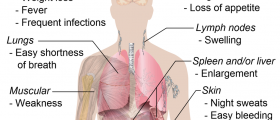



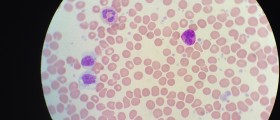
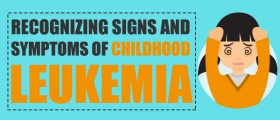





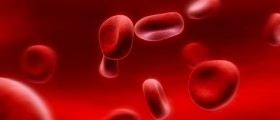

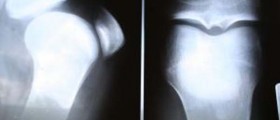
Your thoughts on this
Loading...